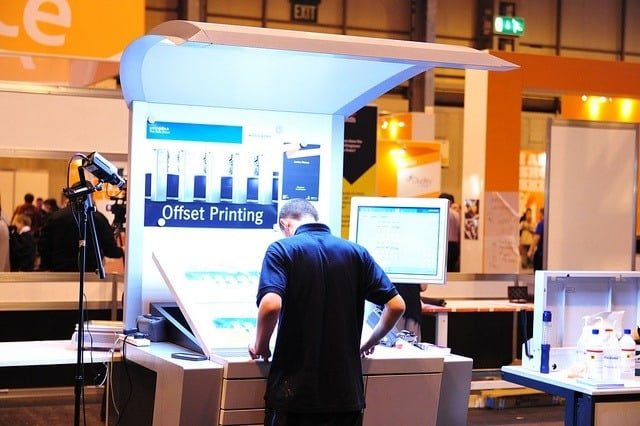More and more, 3D printing is transforming the world. Manufacturing processes are never going to be the same again. With recent innovations such as those which are implemented in the omax waterjet, things are going forward more amazingly than ever.
The idea behind 3D printing actually started as far back as 1981-1984, depending on how you look at it. Back then the idea was to use either a liquid photopolymer (a type of acrylic) or a polymer in powder form and hit it with a laser to turn part of it to solid, in this way realizing your design in 3D. It was not elegant and the machines were incredibly expensive, but it worked, and allowed for people to make prototypes without setting up an even more expensive manufacturing process.
Of course, the technology was in its infancy compared to today. The plastic often warped as it hardened, leading to imperfections. But there was no doubt that the process was worth improving and refining. Over the years, 3D printing started to be more and more used in industries like the medical industry, for example.
In tandem with this, the technology behind cutting objects with high pressure water streams was also improving. And now we are seeing an essential marriage of the two technologies: that of 3D printing with that of water jet cutting. It could be said that the water jet is the perfect tool to allow things in 3D printing never before possible.
The exciting part of this technology is the ability to reliably and consistently work with hard materials. This is accomplished by having water pressure at or near the range of 100,000 PSI and furthermore mixing the water with garnet (a type of sand) for that extra cutting power. The results are extremely clean and accurate cutting and molding of the source material, which now can be almost anything; hardness is no longer much of a limiting factor. And because of the nature of the technology, the cuts don’t affect the source material at all, since there is no heating factor involved. Cutting in this way also drastically reduces the amount of scrap material, making the whole process that much more efficient, environmentally sound, and sustainable.
It’s certainly a lot to think about. In the future absolutely everything, from a hairpin to the building you may live in, will be manufactured by 3D printing. The future really is here, and the possibilities are nothing short of incredible!

